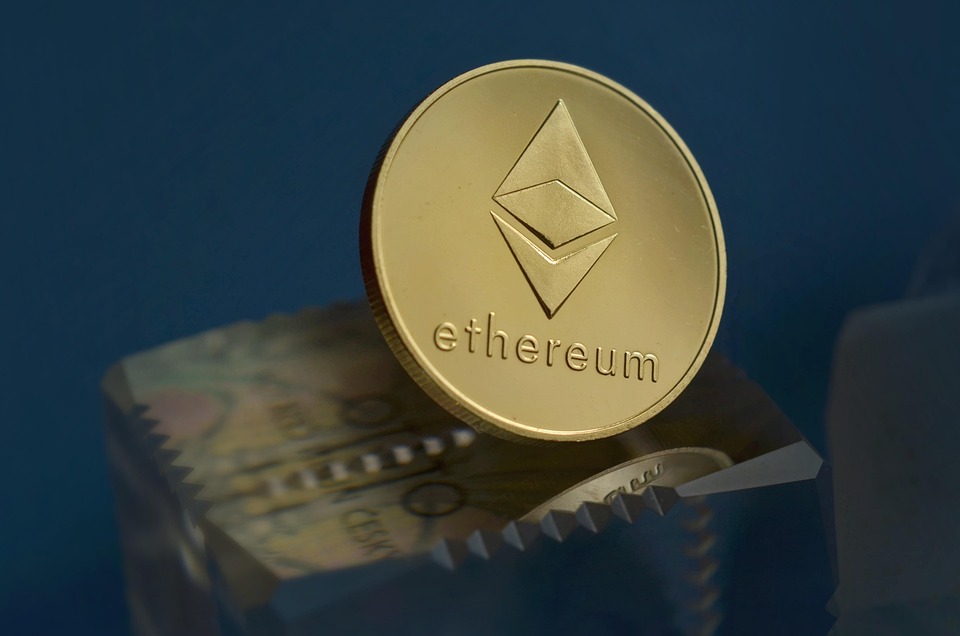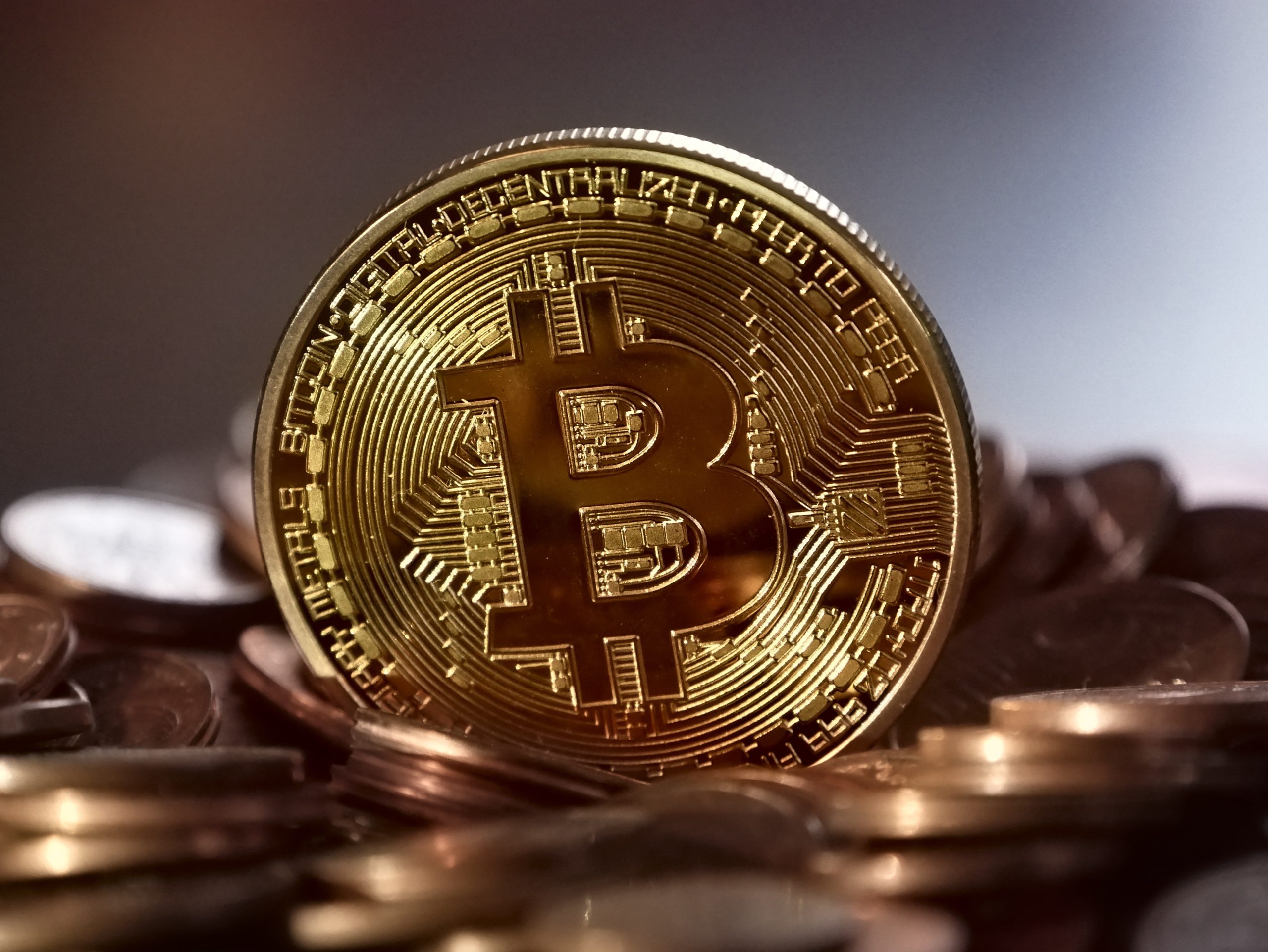The Coinbase (NASDAQ: COIN) digital asset exchange announced a blockbuster acquisition on the same day it issued a thoroughly underwhelming earnings report. Lucky timing, that.
- Coinbase customers loving XRP, hating everything else
- Circle’s USDC keeping Coinbase’s lights on
- SEC questioned Coinbase’s number-juggling
- Coinbase buys Deribit in $2.9 billion derivatives deal
- ‘Layer 2’ Base reaches ‘level 1’ decentralization
Figures released on May 8 show Coinbase generated revenue of $1.96 billion in the three months ending March 31, a 10% decline from Q4 2024’s $2.2 billion. Profits took a far more punishing hit, falling from nearly $1.3 billion in Q4 to just $66 million in Q1.
The downturn reflects both the irrational exuberance that swept over the crypto sector in the wake of Donald Trump’s November election to a second term as U.S. President, and the ensuing hangover when crypto bros realized Trump was focused on padding his bottom line, not theirs.
Transaction revenue was a prime suspect in Coinbase’s trimestris horriblis, falling nearly one-fifth from Q4 to $1.26 billion. Consumer transaction revenue was down 18.6% to $1.1 billion, while institutional trading fell 30% to $99 million. Transaction fees from Coinbase’s Ethereum’ layer 2′ network Base were virtually unchanged from Q4 at $67.8 million (more on Base below).
Coinbase’s monthly transacting user (MTU) numbers were also unchanged at 9.7 million. Although bear in mind that Coinbase’s definition of ‘transaction’ is incredibly broad, including those who passively earn rewards from staking assets on the platform. However, Q1’s spot trading volume was down 10% from Q4, so even those who were actually transacting weren’t doing so with gusto.
When those customers did trade, they appeared to be well and truly over the memecoin craze. The speculative utility-free tokens lumped under ‘other crypto assets’ accounted for 48% of Q4’s trading volume, but that fell 10 points to 38% in Q1. Memecoin trading revenue fell even harder, down 13 points to 36% of the overall transaction revenue pie.
BTC and ETH trading volume and revenue stats were virtually unchanged from Q4 to Q1, while Tether’s market-leading USDT stablecoin saw its volume share dip two points to 13%. For the first time, Coinbase broke out Ripple Labs’ XRP token as a standalone category, showing 11% of volume and 18% of revenue.
XRP enjoyed a sudden price surge in late Q4, for reasons that no one seemed able to explain, although there were rumors of XRP whales trading up a storm on Coinbase at the time. XRP’s fiat price hit a peak of $3.40 in January but was struggling to stay over $2 by the time Q1 drew close.
Money for nothing and your USDC for free
Coinbase’s ‘subscription & services revenue’ segment fared far better in Q1, rising nearly 9% from Q4 to $698 million. That gain was almost entirely due to stablecoin revenue, aka the exorbitant privilege Coinbase enjoys from its deal with USDC stablecoin issuer Circle.
Coinbase’s stablecoin revenue grew nearly one-third from Q4 to $297.5 million, reflecting a similarly large rise in USDC’s market cap during Q1. Circle’s recent initial public offering filing showed that Coinbase basically makes almost as much money via USDC than does Circle.
USDC’s market cap currently stands at nearly $61 billion, of which $12.3 billion was “held in Coinbase products” by the end of Q1, up 49% from Q4. Coinbase said this surge was “driven by longstanding efforts to better integrate USDC across our product experience and our rewards program.” Coinbase said it “continue[s] to be pleased with our long-term partnership with Circle, and the growth of the USDC ecosystem.” No kidding.
On the earnings call, Coinbase CFO Alesia Haas was asked about Circle’s recent deal with the Binance exchange and how that might impact Coinbase’s deal with the USDC issuer.
Haas first laid out the beneficial/predatory arrangement that Coinbase has with Circle, then added that “we then agree with Circle if we are going to share the economics with other distribution partners. In the case of Binance, we did agree because we think that it grows the overall USDC market cap.” Nice for Circle to have Coinbase’s permission to do deals with other companies, isn’t it?
Blockchain rewards revenue—aka Coinbase customers staking ETH to validate the Ethereum network’s proof-of-stake
transaction consensus mechanism—fell 8.5% to $196.6 million. Interest & finance fee income fell 4% to $63 million while ‘other subscription & services revenue’ (which includes custodying tokens for Wall Street’s BTC/ETH exchange-traded funds) grew 4.7% to $141 million.
The Q2 outlook shows Coinbase started the quarter on a sour note, with April’s transaction revenue at a mere $240 million, less than one-fifth of Q1’s dismal three-month total. Subscription & services revenue is forecast to come between $600-$680 million, so even at the high end, it’s below the Q1 figure.
Coinbase plans to dole out $195 million in stock-based compensation in Q2, up from $191 million in Q1. Because when your outlook is grim, those C-suiters need extra motivation, dammit. Speaking of, CEO Brian Armstrong received 25,000 Class A shares on May 5 and liquidated the entirety of his windfall the same day for around $5 million. But don’t you sell your Coinbase shares, kids. You never know, they might be worth something someday.
Caveat rector
Compared with the first quarter of 2024, Coinbase’s operating expenses shot up more than one-third to $1.3 billion, with transaction expenses up nearly 40%, sales & marketing more than doubling and general & administrative costs spiking 37%. The increases are less drastic on a quarter-on-quarter basis, but clearly, flogging utility-free digital Beanie Babies to credulous retail suckers comes at a cost.
However, rising expenses are only part of the reason why Coinbase’s Q1 profit tumbled so hard. It seems that Coinbase’s fortunes are wedded to the price of the tokens that it carries on its balance sheet, and those took a serious tumble during Q1. While they’ve regained much of that lost ground since the quarter ended, it illustrates how much Coinbase’s bottom line depends on factors beyond its control.
Speaking of, the U.S. Securities and Exchange Commission (SEC) published a letter last month that it sent to Coinbase last October, calling out the exchange for basically fudging the facts in its earnings reports.
The SEC said Coinbase appeared to be abusing the Financial Accounting Standards Board (FASB) change in reporting the value of digital assets. The change, which was announced in 2023 and which Coinbase first implemented in its Q1 2024 report, allowed firms to report changes in ‘fair value’ of the digital assets they held. Previously, firms were only allowed to record net losses on tokens they held, not gains, and companies that didn’t adopt the new standard maintained this loss-only reporting.
The FASB required companies to cite both the GAAP-compliant figures as well as their ‘fair value’ adjusted numbers and provide a reconciliation of the two views. Instead, Coinbase used one set of numbers when it favored their ‘adjusted earnings’ result and another set when using the same standard made them look bad. The SEC said this “has the effect of reversing your adoption of the new standard for your crypto assets held for investment.”
A timely reminder of the late Charlie Munger’s view that the real name for ‘adjusted earnings’ should be ‘bullshit earnings.’
Derebit
On the morning of its Q1 results, Coinbase announced that it had spent $2.9 billion—$700 million in cash and 11 million shares of its Class A common stock—to acquire the Deribit exchange. (It’s almost as if the news was timed to direct people’s attention away from the fiscal flop. Cynical? Us? Pshaw…)
In March, Bloomberg broke the story that Coinbase was looking to acquire the Dubai-licensed Deribit. Bloomberg previously reported that Deribit could fetch a price of $4 billion to $5 billion, so it’s not clear why Coinbase was able to seal this deal for a considerably lower sum.
Deribit boasts the world’s largest BTC and ETH options trading platform, which enjoyed a trading volume of $1.2 trillion in 2024, nearly twice its 2023 total. Coinbase said the deal combined “our strength in futures and spot with Deribit’s industry-leading options capabilities.” Coinbase further bragged that the enlarged company makes it “the global leader in crypto derivatives by open interest and options volume.”
Two years ago, Coinbase launched a Bermuda-based derivatives platform (Coinbase International) that catered to “non-US institutions in select jurisdictions.” Coinbase’s Q1 report claimed the company “drove $803.6 billion in global derivatives trading volume” and its perpetual futures market share “increased over 60%” during the quarter.
However, Coinbase also confessed that the “second driver” of its institutional trading volume decline “was due to our derivatives business.” The decline came from Coinbase offering overly generous “rebates and incentives to build liquidity and attract [institutional] customers.”
At any rate, Deribit CEO Luuk Strijers claimed to be “excited to join forces with Coinbase to power a new era in global crypto derivatives.” Co-founders John and Marius Jansen will “step away from the company” once the deal officially passes regulatory inspection later this year, ending the ride that began with Deribit’s launch in 2016.
Coinbase shares rose 5% on Thursday, largely due to the corresponding rise in BTC’s fiat price and word of the Deribit deal. However, shares retreated by nearly 3% in after-hours trading as investors digested the Q1 figures.
Base: Layer 2, stage 1
Base, the Ethereum’ layer 2′ that Coinbase launched two years ago, recently announced that it had reached ‘Stage 1 Decentralization’ aka ‘limited training wheels’ through the launch of permissionless fault proofs. Previously, Base was stuck on ‘Stage 0’, aka ‘full training wheels,’ in which validity checks are handled solely by Coinbase. (Stage 2 represents ‘no training wheels.’)
It’s been two years since Coinbase pledged to relinquish its monopolistic control over ‘sequencing, ‘ aka validating transactions on Base. Earlier this year, Coinbase was accused of transferring $110 million in Base sequencing fees to the exchange, while anteing up only $10 million to the Ethereum mainnet. This served to echo the widely held belief that L2’s are robbing Ethereum of fees that it needs to survive.
Base execs pushed back against this claim, arguing that Base was only sending its ETH fees to Coinbase for “offchain custody for security and audit reasons.” Not everyone bought this explanation, wondering why Base didn’t seem to trust its own network’s ability to safely custody digital assets, kinda like asking Base users to have the kind of faith that its operators don’t seem to share.
Watch: Teranode is the digital backbone of Bitcoin
















 English (US) ·
English (US) ·